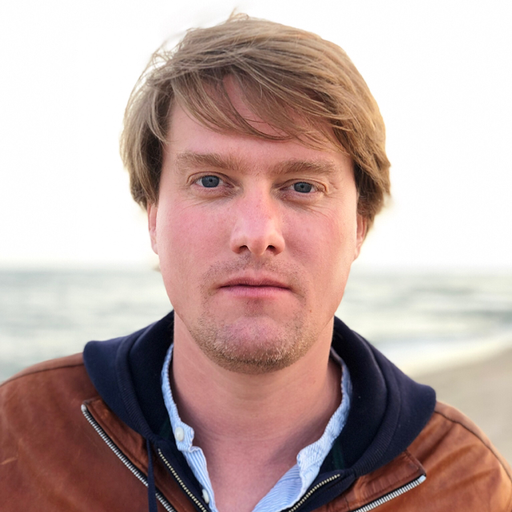Mudac and Photo Elysée building at Plateforme 10, detail of the façade © Matthieu Gafsou
Platforme 10, Lausanne’s new art site, can be reached quickly from the train station. With a surface area of 25,000 square meters, composed of an esplanade ...

Mudac and Photo Elysée building at Plateforme 10, detail of the façade © Matthieu Gafsou
Platforme 10, Lausanne’s new art site, can be reached quickly from the train station. With a surface area of 25,000 square meters, composed of an esplanade ...



You’re getting blind.
Don’t miss the best of visual arts. Subscribe for $9 per month or $108 $90 per year.